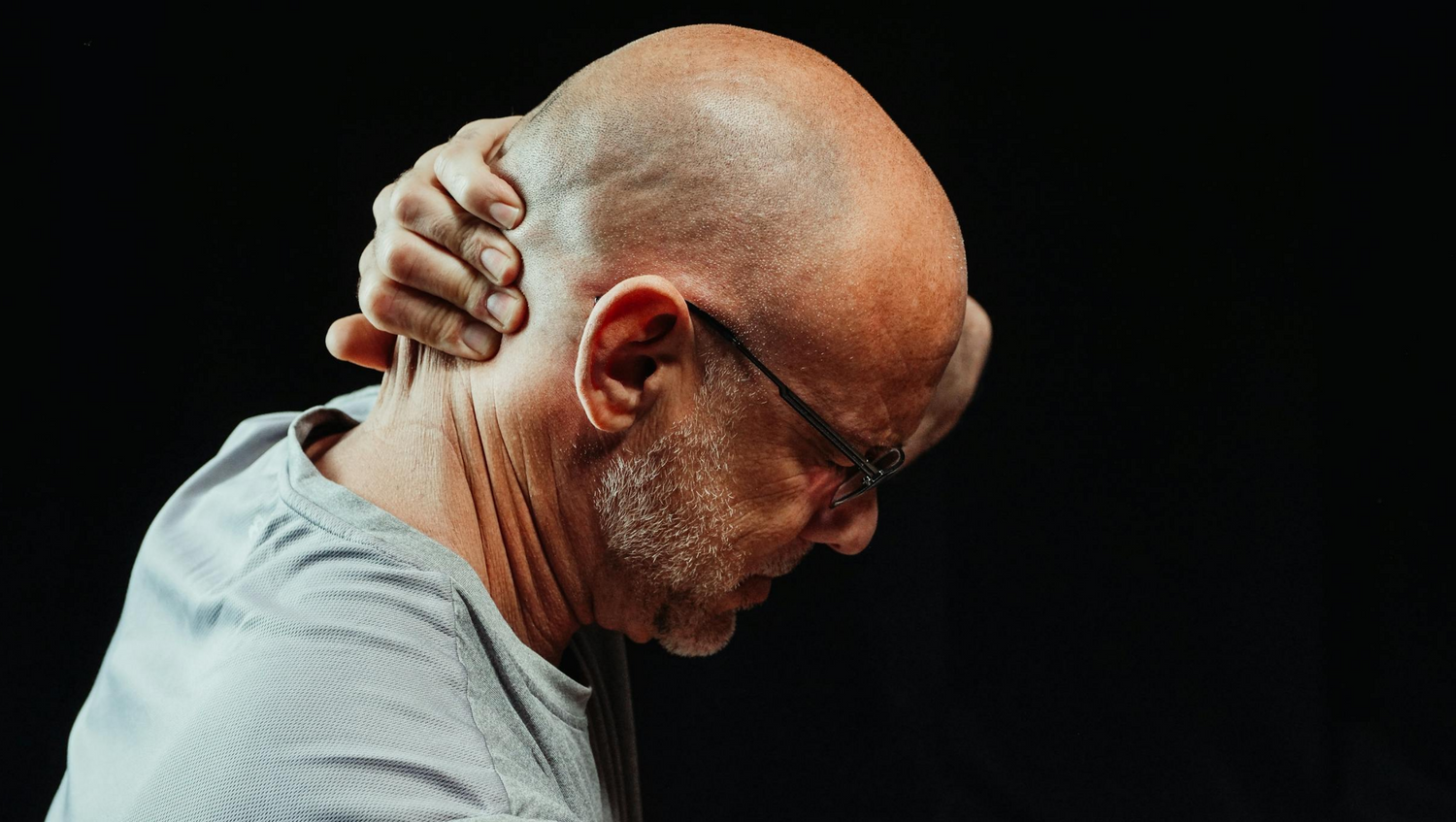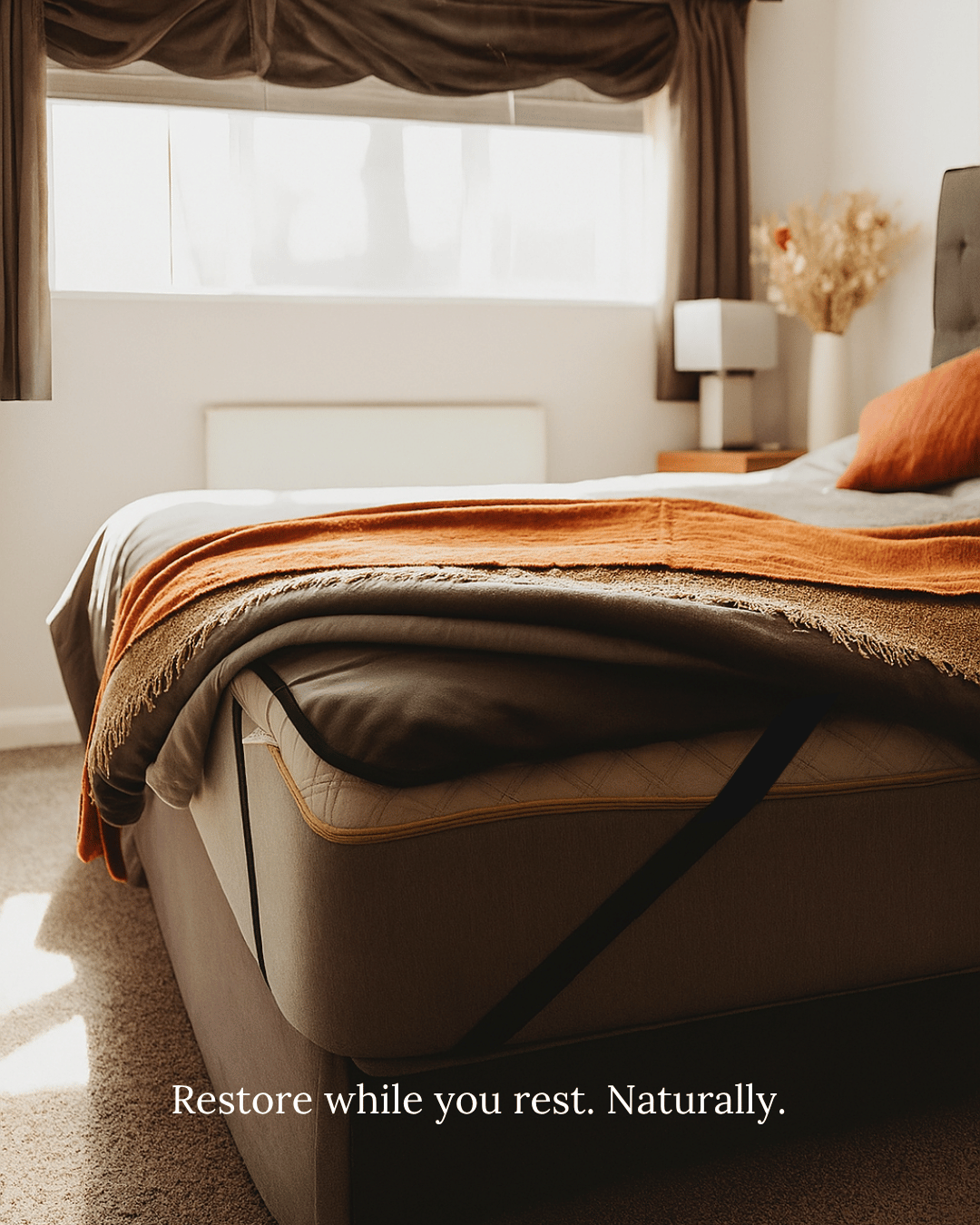Migraines aren’t just headaches. They are full-body experiences that can derail your day, cloud your mind, and keep you from functioning at your best. For millions of people around the world, migraines bring more than pain—they bring disruption, anxiety, and often, hopelessness.
If you’ve exhausted medications, supplements, and countless lifestyle hacks to little or no avail, it may be time to try something entirely different: grounding.
Grounding, or earthing, is a practice that reconnects your body with the Earth’s natural electric charge. By doing so, it helps recalibrate your body’s electrical systems, restore cellular function, and reduce inflammation—a core driver of migraines.
Let’s explore why migraines happen and how grounding might be the breakthrough you’ve been looking for.
Why Do Migraines Happen in the First Place?
Migraines are triggered by a variety of factors, including:
-
Stress and overstimulation of the nervous system
-
Poor sleep or disrupted circadian rhythms
-
Hormonal shifts
-
EMF (electromagnetic field) exposure
-
Inflammation in the brain or blood vessels
All of these influences affect the sympathetic nervous system, which governs our fight-or-flight response. When it becomes dysregulated, it can lead to a domino effect of misfiring nerves, hypersensitive pain pathways, and inflammation—all classic features of a migraine.
How Grounding Helps Relieve Migraine Symptoms
Grounding allows your body to absorb free electrons from the Earth. These electrons act like nature’s most potent antioxidants. They neutralize free radicals (unstable molecules that damage cells and fuel inflammation), stabilize the nervous system, and balance your body’s bioelectrical state.
Key grounding benefits that relate directly to migraine relief include:
-
Lowered cortisol and stress response
-
Reduced inflammation in tissues and blood vessels
-
Improved sleep quality
-
Protection from EMFs
-
Enhanced blood flow and circulation to the brain
Science-Backed Grounding for Neurological Balance
Studies have shown that even short sessions of grounding—between 30 and 60 minutes—can improve vagal tone, stabilize heart rate variability, and reduce skin conductance (a measure of stress response). All of these are signs of reduced nervous system overload, which is key for migraine sufferers.
In one study, participants who slept grounded for several weeks reported lower nighttime cortisol levels and better sleep, both of which are crucial for managing migraines.
How to Use Grounding for Migraine Relief
You don’t need to hike barefoot in the wilderness to ground yourself (though it helps!). Here are practical ways to integrate grounding into your daily routine:
1. Grounding Mattress Covers: These allow for 6-8 hours of uninterrupted grounding during your most regenerative state—sleep. Most users report noticeable benefits within a few weeks.
2. Grounding Mats: Ideal for use under your desk, while watching TV, or during meditation. Even 30 minutes daily can calm your nervous system.
3. Grounding Outdoors: Walking barefoot on grass, sand, or soil is a natural and effective method. Bonus: it exposes you to sunlight, another mood and circadian rhythm booster.
4. Grounding Patches or Bands: These target specific areas of inflammation or tension and are great for high-intensity migraine episodes.
One Woman’s Story: Finding Calm After the Storm
Consider Jenna, a graphic designer who had lived with chronic migraines for over a decade. She tried everything—from beta blockers to Botox. Eventually, she discovered grounding.
"I started with a grounding mat under my desk and a grounding cover on my bed. Within two weeks, I had fewer headaches. Within two months, my migraines were down by half. I sleep better, my mind is clearer, and the attacks that do come feel less intense."
Jenna is just one of many discovering that nature’s simplest therapy is also one of its most powerful.
Why It Works Best When You Sleep
Sleep is when your body does its deepest healing. Grounding during sleep amplifies your body’s repair process by neutralizing inflammation, improving circulation, and synchronizing your internal clock.
Many people find grounding sheets or mattress covers to be the most convenient and effective way to start.
Important Note:
Grounding is not a cure-all, but it is a powerful complement to other wellness practices. Combine it with a clean diet, hydration, physical movement, and mindfulness for best results. And always consult your healthcare provider when exploring new approaches.
Final Thoughts: Grounding Is a Gentle Path Back to Balance
In a world of synthetic fixes and pharmaceutical overload, grounding offers a quiet revolution: healing that begins beneath your feet. It’s simple. It’s free. And it’s rooted in nature.
If you’re ready to explore a natural, calming approach to managing migraines, grounding may be the missing link you’ve been searching for.
Reconnect to the Earth. Reconnect to yourself. Relief could be closer than you think.
















